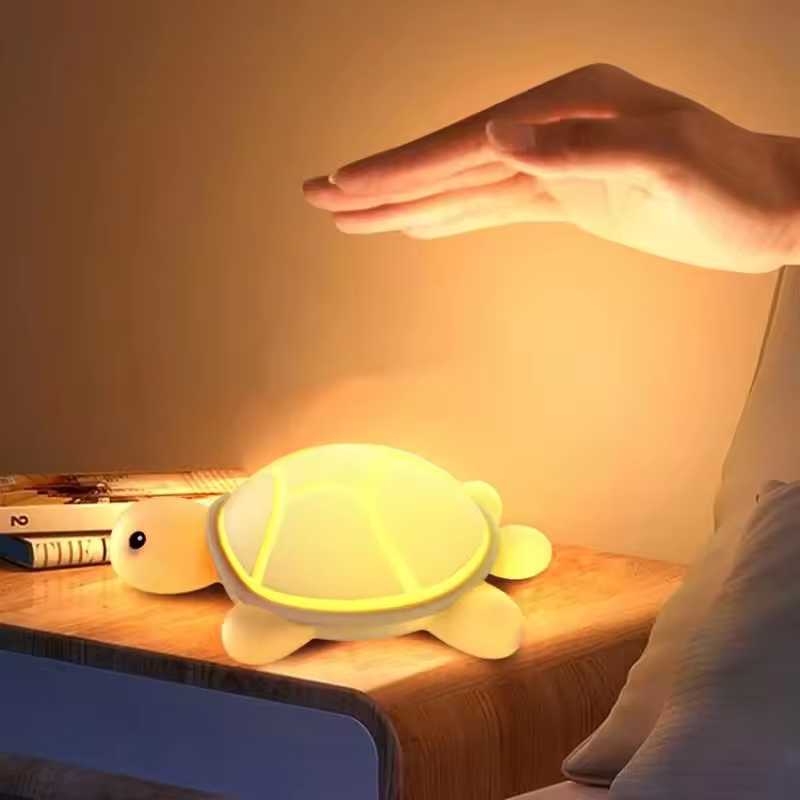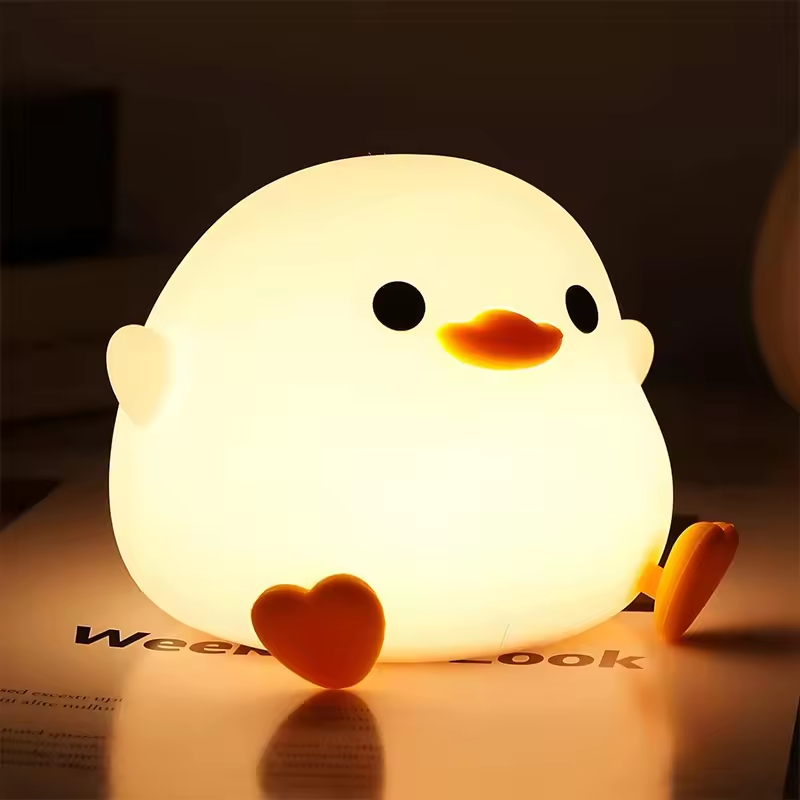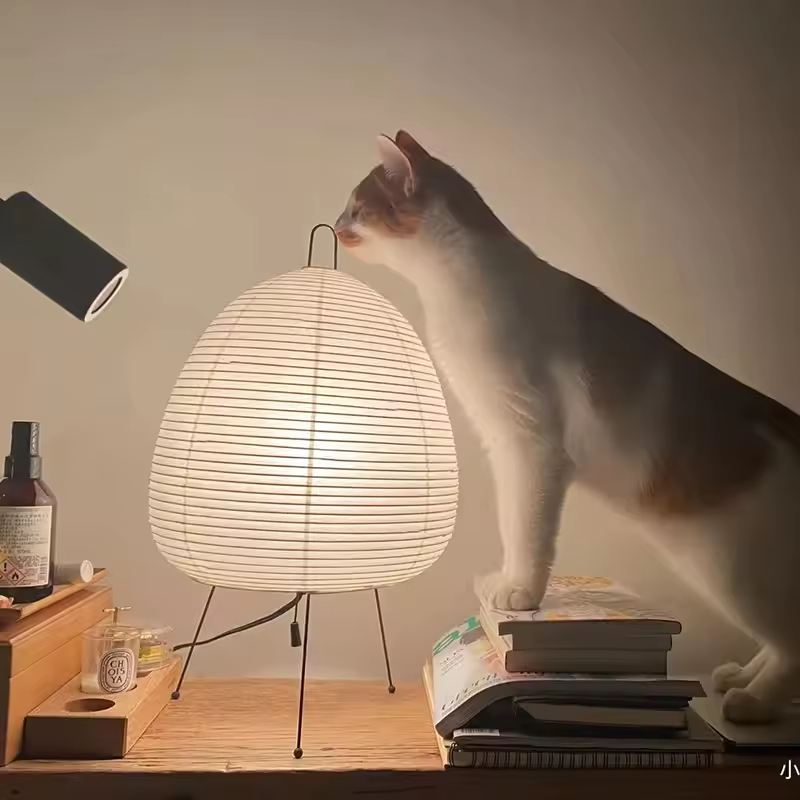 Introduction:
Introduction:
The use of LED lights for plant growth has gained popularity among indoor gardeners. However, understanding the effectiveness of LED light in supporting plant growth is essential for successful indoor gardening. In this comprehensive guide, we will explore whether LED light helps plants grow and the factors that contribute to its efficacy. By understanding the benefits and considerations of using LED light, you can make informed decisions about implementing it in your indoor gardening practices.
 Introduction to LED Light for Plant Growth
Introduction to LED Light for Plant Growth
LED (Light Emitting Diode) light provides a specialized light spectrum that can support plant growth in indoor environments.
A. Importance of Light for Plants: Light is crucial for photosynthesis, the process by which plants convert light energy into essential nutrients for growth.
B. LED Technology: LED lights are energy-efficient and have the ability to provide specific light spectrums that can stimulate plant growth.
Understanding the Light Spectrum
Different light spectrums influence various stages of plant growth, from germination to flowering.
A. Blue Light Spectrum: Blue light stimulates vegetative growth and helps plants develop strong, healthy leaves and stems.
B. Red Light Spectrum: Red light promotes flowering and fruiting processes, supporting the production of blooms and fruits.
 The Benefits of LED Light for Plant Growth
The Benefits of LED Light for Plant Growth
LED light offers several advantages over traditional lighting options for indoor gardening.
A. Energy Efficiency: LED lights are highly energy-efficient and produce minimal heat, making them suitable for extended use without damaging plants.
B. Customizable Spectrum: LED lights give gardeners the ability to adjust the light spectrum, optimizing it for different plant species and growth stages.
Considerations for Using LED Light
While LED lights are beneficial for plant growth, certain considerations should be kept in mind.
A. Light Intensity: Ensuring the correct light intensity is crucial, as too much or too little light can have adverse effects on plants.
B. Light Duration: Plants require an adequate amount of light exposure each day, so determining the appropriate duration is essential for optimal growth.
Choosing the Right LED Light
Selecting the right type and quality of LED light is crucial for promoting plant growth.
A. Full Spectrum LEDs: Full spectrum LED lights provide a balanced combination of blue and red light, simulating natural sunlight for overall plant health.
B. Quality and Wattage: Choosing high-quality LED lights with appropriate wattage ensures the desired light intensity and longevity.
 Supplementing Natural Light with LED Light
Supplementing Natural Light with LED Light
LED light can be used in combination with natural light to provide plants with consistent and customized lighting conditions.
A. Low-Light Environments: LED lights can supplement natural light in areas with low light conditions, such as basements or rooms with limited sunlight exposure.
B. Extended Photoperiod: LED lights can extend the duration of light exposure, ensuring plants receive the required amount of light during shorter days or seasonal changes.
Other Factors Affecting Plant Growth
While LED light can support plant growth, it is important to consider other crucial factors.
A. Temperature and Humidity: Maintaining an appropriate temperature and humidity level in the growing environment is vital for overall plant health.
B. Nutrient Supply: Ensuring plants receive proper nutrients through soil or hydroponic systems is essential for successful growth.
Key differences:
LED grow lights differ from incandescent and fluorescent lights in several ways. Here are the key differences:
Efficiency:
LED grow lights are much more energy-efficient compared to incandescent and fluorescent lights. They can produce the same amount of light while consuming significantly less power, leading to cost savings in electricity bills.
Heat Generation:
LED grow lights generate minimal heat compared to incandescent and fluorescent lights. Incandescent lights release a significant amount of heat, which can potentially harm plants or increase the need for cooling systems. LED lights operate at much lower temperatures, reducing the risk of heat damage to plants.
Lifespan:
LED grow lights have a longer lifespan compared to incandescent and fluorescent lights. While incandescent lights typically last around 1000 hours, fluorescent lights last around 10,000 to 20,000 hours. On the other hand, LED grow lights can last 50,000 to 100,000 hours, resulting in lower replacement costs and a longer operational lifespan.
Light Spectrum:
LED grow lights can be customized to produce specific light spectra, providing the ideal wavelengths for plant growth. They can be optimized to emit both blue and red light, which are essential for different growth stages of plants. Incandescent and fluorescent lights emit a broader spectrum, which may require additional light filters or reflectors to provide suitable lighting conditions for plants.
Versatility:
LED grow lights offer greater versatility compared to incandescent and fluorescent lights. They can be designed in various shapes and sizes, allowing for more flexibility in installation and positioning. LED grow lights can also be easily adjusted or programmable to provide specific light intensities or a customized lighting schedule for optimal plant growth.
Environmental Impact:
LED grow lights are more environmentally friendly compared to incandescent and fluorescent lights. They do not contain toxic substances such as mercury, which is commonly found in fluorescent lights. LED lights also produce less greenhouse gas emissions, further reducing their environmental impact.
In summary, LED grow lights outperform incandescent and fluorescent lights in terms of energy efficiency, heat generation, lifespan, light spectrum customization, versatility, and environmental impact. These advantages make LED grow lights a preferred option for indoor gardening and commercial plant cultivation.
Several important considerations to keep in mind:
When using LED lights to help plants grow, there are several important considerations to keep in mind:
Light Spectrum:
Different plants have different light requirements at various stages of growth. LED lights can be customized to emit specific light spectrums, including different ratios of red and blue light. Research the light requirements of the specific plants you are growing and choose LED lights that provide the appropriate spectrum for optimal growth.
Light Intensity and Duration:
LED lights should be positioned at an appropriate distance from the plants to provide optimal light intensity. Adjust the height of the lights as the plants grow to maintain the proper distance. Additionally, be mindful of the duration of light exposure. Most plants need a period of darkness for proper growth, so ensure that the LED lights are turned off for a sufficient amount of time each day.
Light Distribution:
Ensure that the LED lights are evenly distributed across the growing area to avoid uneven growth patterns. This can be achieved by positioning the lights at appropriate angles and using reflectors, if necessary, to redirect and diffuse the light.
Heat Control:
Although LED lights produce less heat compared to other lighting options, it is still important to monitor the temperature in the growing area. Excessive heat can damage plants or affect their growth. Use fans or ventilation systems to maintain a suitable temperature and prevent heat build-up.
Maintenance and Lifespan:
Regularly inspect and clean the LED lights to ensure they are running efficiently. LED lights have a long lifespan, but if any lights begin to dim or fail, replace them promptly to maintain consistent, healthy growth.
Plant Care and Monitoring:
While the use of LED lights can enhance plant growth, it is still essential to provide proper care, including adequate watering, nutrient levels, and pest control. Regularly monitor plant health and make adjustments as needed.
By considering these factors, you can effectively use LED lights to help plants grow and achieve successful indoor gardening or commercial plant cultivation.
 Conclusion
Conclusion
LED light can effectively support plant growth in indoor environments, providing specific light spectrums that stimulate photosynthesis and encourage healthy development. Its energy efficiency, customizable spectrum, and ability to supplement natural light make it a valuable tool for indoor gardening. By considering factors such as light intensity, duration, and choosing the right LED light, you can successfully harness the benefits of LED light for plant growth. Combine LED lighting with other crucial factors such as temperature, humidity, and nutrient supply to create an optimal environment that nurtures healthy and thriving plants in your indoor garden.



